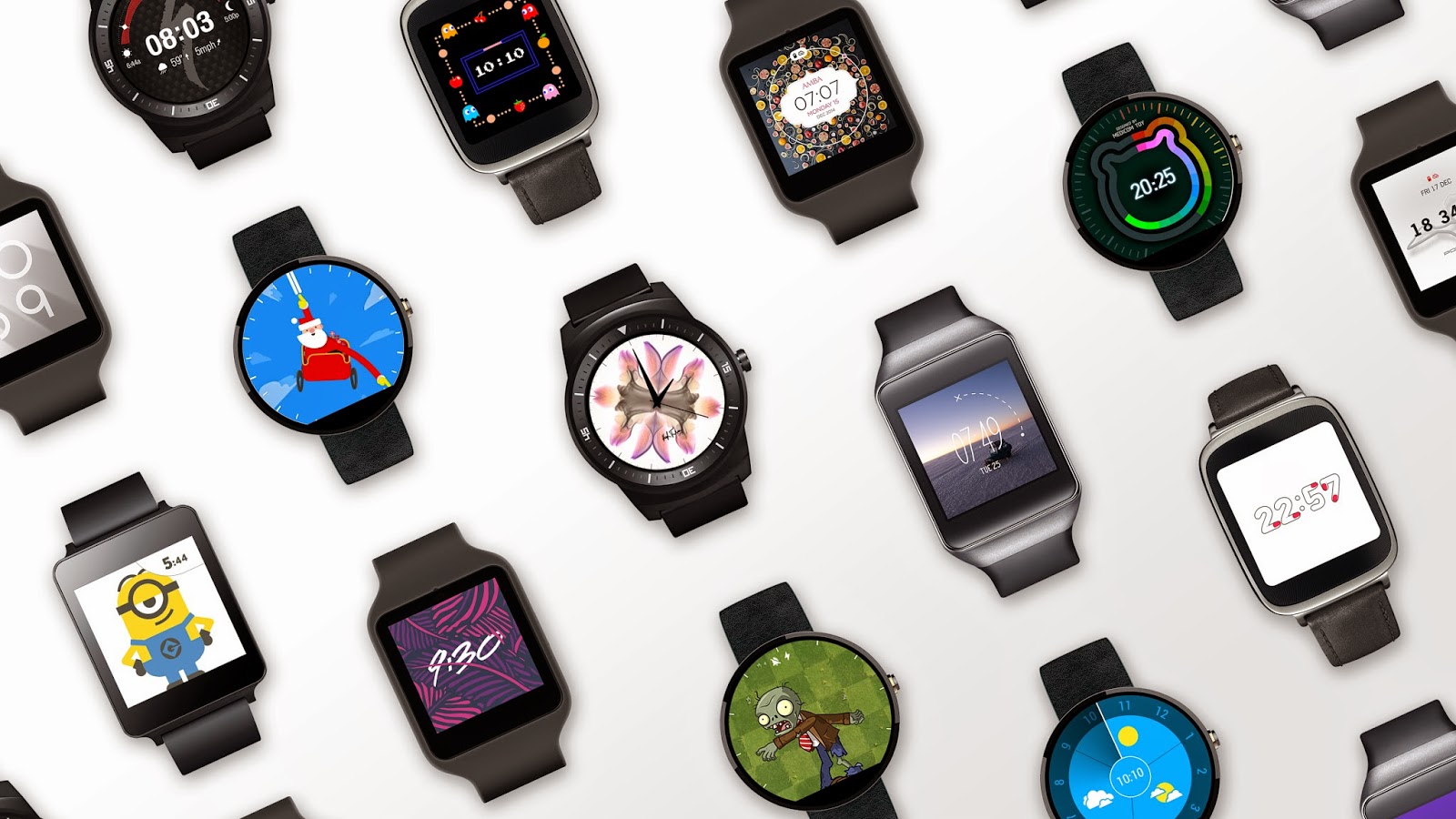Data is changing the way companies respond to their consumer’s needs. Although wearables have been around for a while, companies are only now starting to find ways to utilize correctly the massive quantities of data these devices collect. Last year, approximately one million smartwatches and 2.7 million health trackers were sold in the Asia-Pacific market. Over 2015, experts predict these numbers to increase to around 6.7 million smartwatches and 4.9 million health trackers. Thereby, the Asia Pacific market has the most rapidly adopting tech consumers in the world. While the rise of wearables in Asia is changing the way businesses interact with customers, it is crucial that collected data is interpreted and implemented correctly. If done properly, data collection via wearables can be extremely beneficial to both companies and consumers. However, businesses must handle this information with care as the modern customer will not accept any missteps. The more data collected, the more cautious companies must be with it.
Benefits of wearable data are endless
Smartwatches, AR glasses, fitness trackers, and other wearable devices are the newest and coolest pieces of technology for consumers. With Asia being the market with the highest level of willingness (75% is willing to purchase wearable tech, in comparison to, for example, 29% in the U.K.), wearables can potentially be used for collecting large amounts of information for companies. This can be used for both product analytics, and marketing purposes. For marketers, new sources of data have the potential to provide personalized user information, which can make all the difference in the world of sales. This personalized information can be used to deliver unique messages to the user, containing relevant product information, or potential loyalty rewards. Take, for example, optimizing location-based advertising with the help of a customer’s whereabouts. By sending him a notification on his smartwatch with a coupon for a nearby store, all he has to do is show the message on his watch to the cashier to receive the granted discount. Moreover, consider a user that goes jogging. For example, a company could optimize the locational data received by a wearable device, which then could be used for locational based advertisements. Upon finding the jogger’s highest heart rate, a savvy marketer could send a notification to the device, reminding that a local chain of retailers is selling light refreshments at a reduced rate.
Unfortunately, there are still various concerns and difficulties involving current wearable tech. One issue is the fact that wearables are, for the most part, a one-way stream of data. That is, data originates from wearables, but data is not sent back to wearables. This last step is crucial in terms of marketing. Data going to wearables can be regarded as advertisements, or other marketing messages used to convince users to undertake a call to action, such as making a purchase. However, this problem will be solved in time, just as sending individual messages to the individual smartphone was realized years ago. However, one problem that marketers face in Asia is that in our market there are more alternatives in wearable besides Apple, Samsung, and Google (e.g. Baidu, Docotch, Ozon, etc.). Marketers must deal with different software, which requires more expertise and time. The eventual solution lies in correctly interpreting received data, for every type of wearable.
How do we overcome the privacy concerns?
Lastly, consumers still have concerns about privacy, and what companies do with the data they retrieve. Some admit to be nervous about what happens to their data, and to where it goes. Experts agree that companies need to put more focus on possible privacy and security breaches, that data collection inevitably seems to bring along. Next to a clear understanding of privacy regulations, companies need to listen to the concerns of the people whose data they depend upon. Important to keep in mind is that the more data a business can receive from individual users, the more careful they have to be while exploiting this information. Both annoyances of customers and privacy concerns are necessary to recognize as serious issues. After all, users can easily switch to other options when they assume a company is lacking to take measures against security breaches.
The potential of the wearable technology is undisputed, and experts are excited for supposedly the next big thing in the digital world. The future usability of wearables is promising. Particularly in Asia, where consumers are more tech-savvy and more alternatives are trying to establish themselves on the market, marketers must find the perfect balance between supplying a customer’s needs by collection and correctly interpreting data, and not jeopardize a future sale by being annoying or breaching the user’s privacy. If this balance is not upheld, the risk of losing users is high, as anyone can easily change privacy settings, or delete your application and download a substitute. Cooperation between businesses and consumer is crucial in the process of the implementation of wearable tech. Data must flow to and from wearables for it to work in the interest of both parties. Without this two-way street, wearables will never become more than just the newest fad.
